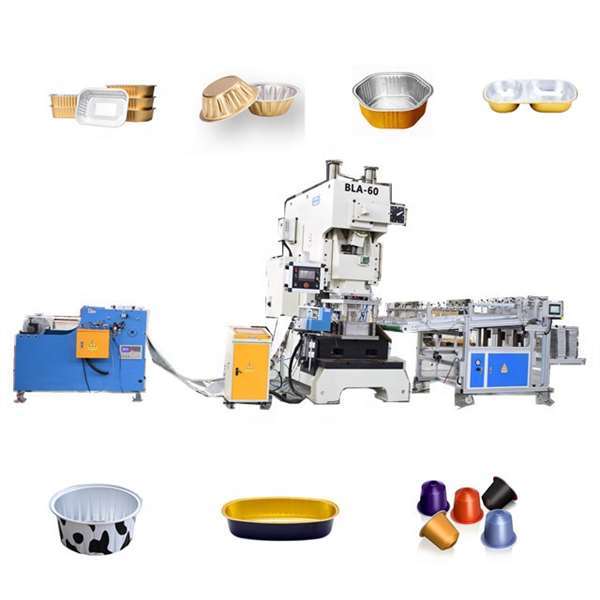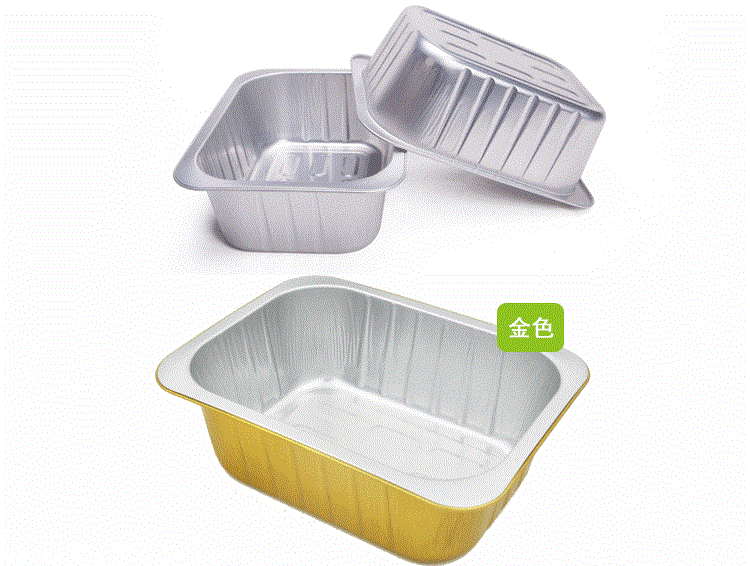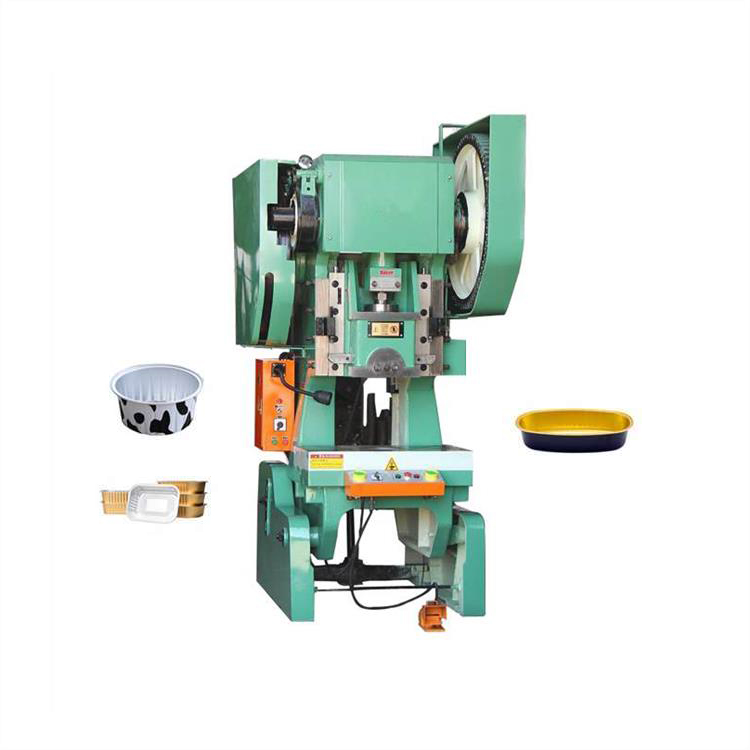News
Analysis of Fully Automated Aluminum Food Container Production Line
With the acceleration of social life pace and the continuous improvement of people's living standards, convenient takeaway services are increasingly favored by people. As an environmentally friendly, convenient, and hygienic packaging container, aluminum food containers play an important role in the takeaway industry. To meet market demands and improve production efficiency and product quality, fully automated aluminum food container production lines have emerged. This article will provide a detailed analysis of this production line, aiming to provide reference and guidance for related industries.
1. Automated Production Process Ensures High Efficiency
The fully automated aluminum food container production line adopts advanced production processes and equipment, realizing fully automated operations from raw material processing to finished product packaging. Whether it's the punch press, split-type feeder, or finished product collector, they all feature highly intelligent control systems, enabling high-speed and stable production, with a production speed of 40-50 times per minute, greatly improving production efficiency.
2. Safety Performance and Quality Assurance
Various safety devices, such as emergency stop buttons, safety light curtains, and two-hand operation methods, are equipped at each step of the automated production process to ensure safe and reliable equipment operation, reducing the risks of human interference. Meanwhile, all components and materials used in the production line are from high-quality brands, subjected to rigorous quality inspections and performance tests, ensuring product stability and durability, with a product pass rate of over 99%.
3. Space Occupation and Energy Consumption Assessment
The fully automated aluminum food container production line also performs well in terms of space occupation and energy consumption. Taking the assessment of 25kw electricity consumption per hour as an example, considering production efficiency and energy consumption effectively reduces resource waste while enhancing productivity.
4. Mold Design and Maintenance
As a key component of the production line, the design and maintenance of aluminum food container molds directly impact product quality and production efficiency. Through precise design and high-quality materials, molds can ensure long-term stable service life and high-quality product production.
5. Air Supply Equipment Matching
In the fully automated production line, stable air supply equipment is crucial to ensure normal operation. Supporting equipment such as 22KW permanent magnet frequency screw machines, air storage tanks, air dryers, and filters not only meet the needs of the production line but also guarantee clean and dry air, further improving product quality and production efficiency.
6. Environmental Performance
Consideration for environmental factors is taken into account in the design of fully automated aluminum food container production lines, minimizing their impact on the environment as much as possible. Through the use of environmentally friendly materials, energy-saving equipment, and the recycling of waste materials, carbon emissions and resource consumption during production are reduced.
7. Labor Costs and Production Efficiency Improvement
Due to the high degree of automation, only a small number of personnel are needed for monitoring and operation, greatly reducing labor costs. Moreover, the stability and high efficiency of automated production lines mean faster production cycles and more orders completed, further improving production efficiency and enterprise competitiveness.
8. Adaptability and Customization
Fully automated aluminum food container production lines usually have a certain degree of adaptability and customization. They can be adjusted and customized according to customer needs and product characteristics, producing various aluminum food container products that meet market demands, enhancing product differentiation and competitive advantages.
9. Data Management and Remote Monitoring
Modern production lines are usually equipped with data collection and remote monitoring systems, which can monitor production data and equipment operation status in real-time, promptly identify problems, and make adjustments and optimizations. This data-driven management not only improves production efficiency but also reduces production costs and improves product quality.
10. Technological Updates and Development Trends
With the continuous advancement of technology and the constant improvement of production technology, fully automated aluminum food container production lines are also continuously updated and improved. In the future, more intelligent, flexible, and environmentally friendly production lines may appear to meet the market's demand for high-quality and efficient products, driving the continuous development of the industry.
In conclusion, the emergence and development of fully automated aluminum food container production lines not only improve production efficiency and product quality but also promote the sustainable development of the industry and environmental protection. With the continuous advancement of technology and the changing market demands, it is believed that fully automated production models will become the mainstream trend in the aluminum food container production industry, bringing more convenience and comfort to people's lives.
CATEGORIES
News
Contact Us
Tel:0086-13394110095
Fax:0086-411-39015062
Phone:0086-13394110095
Email:liu@weldcnc.com
Add:20# Ganwan Street, Zhongshan District, Dalian City, China


